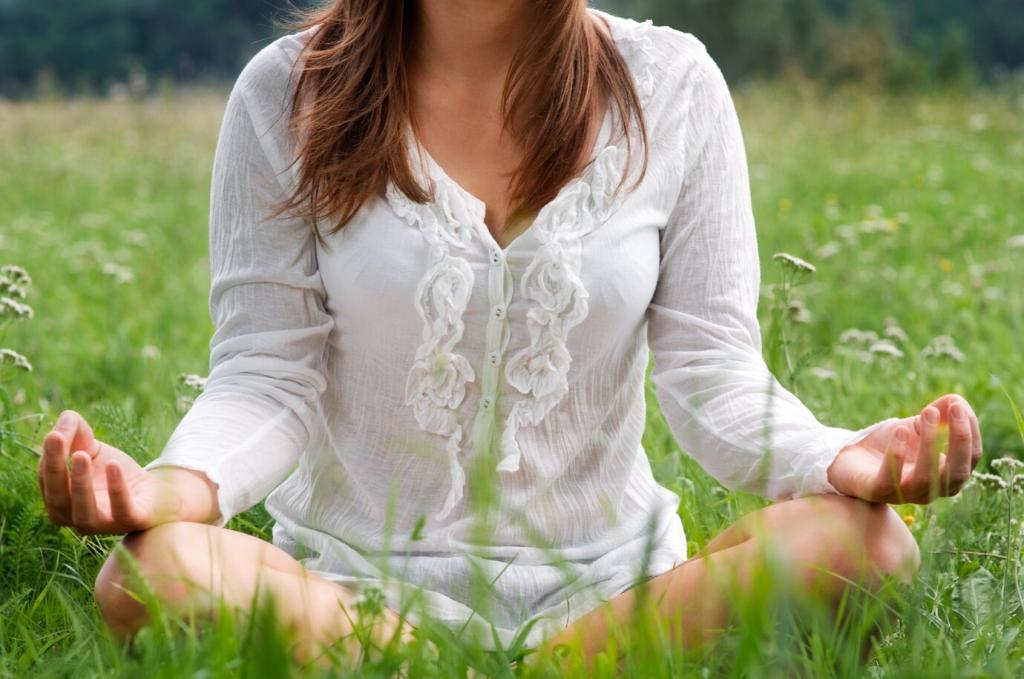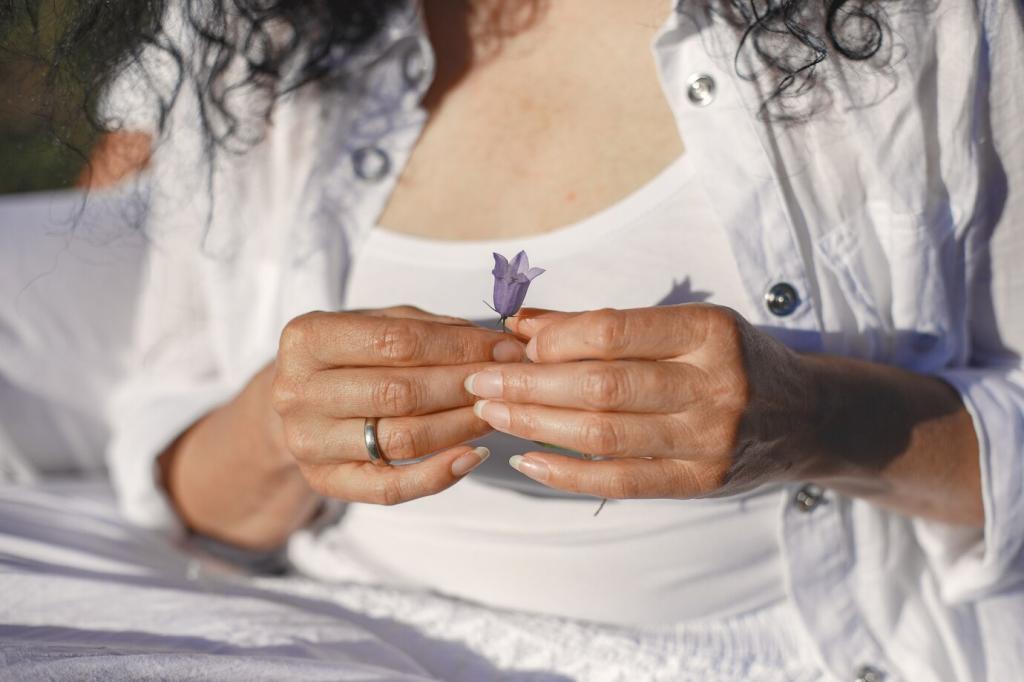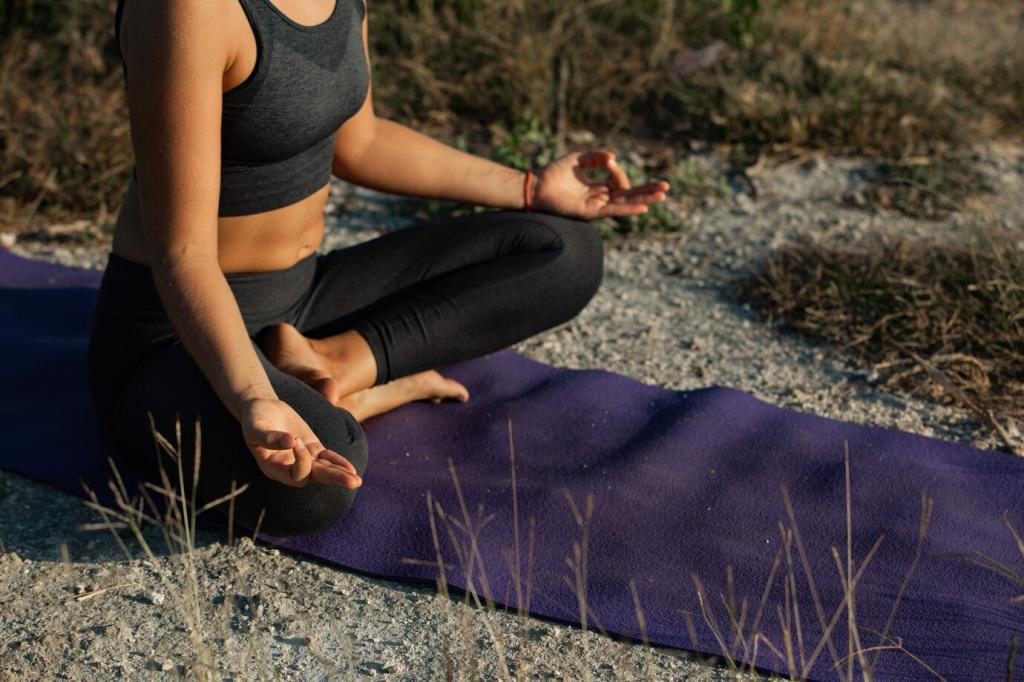Rooted Foundations: Understanding the Chakra Map
Imagine a river running along your spine, pooling at seven lakes—root, sacral, solar plexus, heart, throat, third eye, and crown. When the current moves evenly, life feels coherent, creative, and clear. Balance is not perfection; it is responsive, adaptive harmony through changing seasons.
Rooted Foundations: Understanding the Chakra Map
Imbalance can feel like restlessness, overthinking, or emotional heaviness. Balance, by contrast, feels like steady warmth and grounded clarity. We don’t force energy to move; we invite it with breath, posture, and attention. Drop a comment about where you sense imbalance, and let’s explore together.




